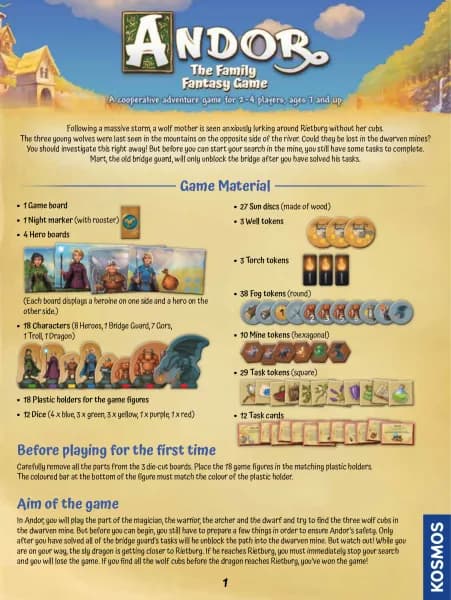Thames & Kosmos Perfume Science handleiding
Handleiding
Je bekijkt pagina 14 van 36

12
Grasse – The Cradle
of Perfume Making
Since the Middle Ages, the costly
raw materials that were required for
the making of high quality perfumes
were grown in Grasse, in the South of
France. This region is still one of the most
important centers of the fragrance industry
even today. The climate and the soil were
and still are ideal for growing the flowers
and plants required for the extraction of
fragrances.
In addition, Grasse was the center for the
leather industry at that time. Leather was
perfumed to cover up its slightly unpleasant
smell. Gloves, clothes, shoes, paper, and
furniture were perfumed. Over time, as
leather crafts began to generate less and
less profit, many tanning shops switched
to making perfumes. Perfumers and glove
makers even joined in one guild.
DIFFERENT TIMES,
DIFFERENT SMELLS
Bad and unpleasant smells were considered
to be the cause of dangerous childhood
diseases for many years. This was not
quite correct, but not entirely wrong
either. Bacteria are actually the cause of
some of these diseases, not the bad smell
that the bacteria produce. Even today,
an experienced doctor might be able to
diagnose an illness based on the smell of
the patient.
Before people came to the common
understanding that cleanliness and hygiene
were important for staying healthy,
washing was considered dangerous. This is
In ancient Rome, anyone who could afford it would only bathe in perfumed
water. The Roman thermal baths could be compared to the present day beauty salons.
The demand for fragrant substances was enormous in Rome. It is known, for example,
that in Emperor Nero’s time (37-68 A.D.), rooms were not only ventilated but also given
fragrance via silver piping.
In the 15th century, perfumes and the
knowledge of how to make them arrived
in Europe from the Middle East via the
ocean trading routes. Most of them came
through the wealthy and powerful city of
Venice, Italy. The Italians improved the art
of distillation, thought of new recipes, and
supplied the rest of Europe with precious
fragrances.
In 1533, Catherine of Medici from Florence,
Italy, married the future king of France,
Henry II. She brought the fine cuisine
and the modern perfumery of Italy to
her new country. In her time, perfume-
scented gloves were very much in style, and
anybody who wanted to be recognized in
the royal court would have to
wear a pair.
Right: Roman glass flacon
in the shape of a date
(first-second century A.D.).
Below: Greek cream jar
(500-520 B.C.)
DID YOU
KNOW...
...THAT THE ANCIENT ROMANS WERE
FANATICS FOR FRAGRANCES AND BATHS?
Bekijk gratis de handleiding van Thames & Kosmos Perfume Science, stel vragen en lees de antwoorden op veelvoorkomende problemen, of gebruik onze assistent om sneller informatie in de handleiding te vinden of uitleg te krijgen over specifieke functies.
Productinformatie
| Merk | Thames & Kosmos |
| Model | Perfume Science |
| Categorie | Niet gecategoriseerd |
| Taal | Nederlands |
| Grootte | 9865 MB |







